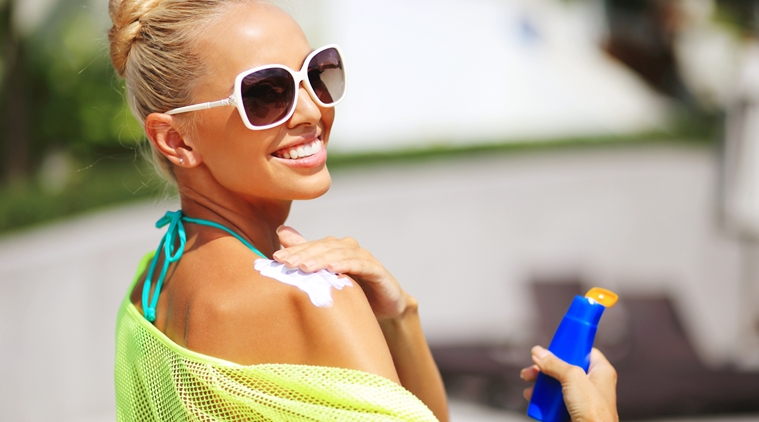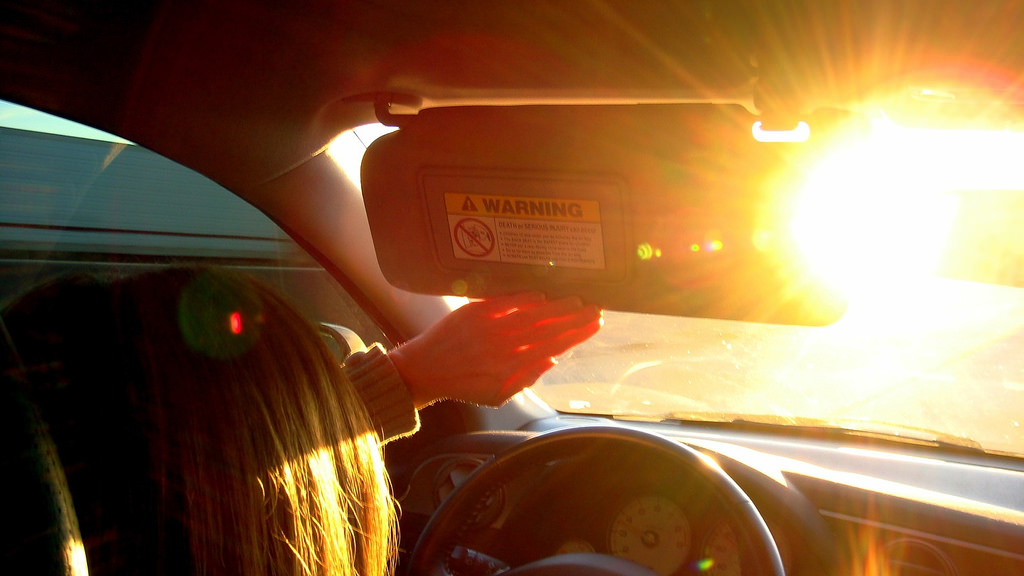Did you know that the skin uses sunlight to help manufacture vitamin D, which is important for normal bone formation? But, you’re probably more aware that sun exposure or ultraviolet light can be very detrimental to your skin. That said, when thinking about sun exposure, you might see yourself getting a suntan on the beach or exercising outdoors. Little did you know though, that we receive a large portion of our sun exposure when we’re in our cars.
Ultraviolet Rays – Your Skin’s Worst Nightmare

Within the skin’s outer layer (known as the epidermal), are cells that contain pigment melanin. Melanin serves to protect the skin from the sun’s ultraviolet (UV) rays. While these rays are “invisible”, they’re extremely dangerous.
Over time, prolonged exposure to UV rays can burn the skin thereby causing sunburn. Sun damage can also lead to wrinkles, freckles, leathering, sagging, brown “age” spots, and in some cases skin cancer. There are three types of UV rays:
- a)UVA are the most constant year-round and penetrates into the deeper layers of the skin. It is responsible for the immediate tanning effect and is also known as “UV Aging rays” as they cause long term skin damage and photo-aging (premature ageing, wrinkles and sun spots).
- b)UVB cannot penetrate beyond the superficial skin layers but is responsible for delayed tanning and burning. Most UVB is filtered by the atmosphere and is often referred to as “UV Burning rays”. UVB rays are the common cause of most skin cancers.
- c)UVC is the strongest and deadliest of solar rays, however the ozone layer stops these from reaching the Earth.
When UV rays penetrate the outer skin layers and pass into the deeper layers, your skin cells can either be damaged or killed.
Sun Exposure while Driving
According to the Skin Cancer Foundation, dermatologists have observed for years now; that patients often have more sun damage on the left side of their faces as compare to the right. Why? Research increasingly points to UVA radiation penetrating through car windows.

UV exposure is cumulative, and research has proven that skin exposed to sun shining through window glass, even in the office or at home, can over time lead to significant skin damage. So, take some time to think about the UV exposure we receive while driving or being in a car. In a research published in the Journal of the American Academy of Dermatology, it is found that those who spent more time driving a vehicle had more severe photo-damage on the left side of their faces. Reinforcing this research, in countries where drivers drive on the right side, people tend to develop more sun damage and skin pre-cancers on the right.
Sun Safety in your Car
The best way to protect your skin from the sun is by using products with a high SPF daily. SPF stands for “sun protection factor” and is a multiplier which tells you how much longer you can stay in the sun without burning when wearing a sunscreen, for example. Suppose your skin naturally starts to burn in 20 minutes. When you use a sunscreen with an SPF of 15, you won’t begin to burn for 5 hours – 15 times longer.

While you can choose to apply sunscreen in the car, the Skin Cancer Foundation also recommends window film as the single best safeguard against UV damage. In cars, research has shown that UV damage is more extensive on the side of the body closer to the window but fortunately, there are automotive films that deliver superior heat rejection, with the ability to block UV rays.
Source: Expert’s advice by Dr. Wong Su-Ming
Read also: Supergoop! Your Way To Protect Your Skin From The Sun









